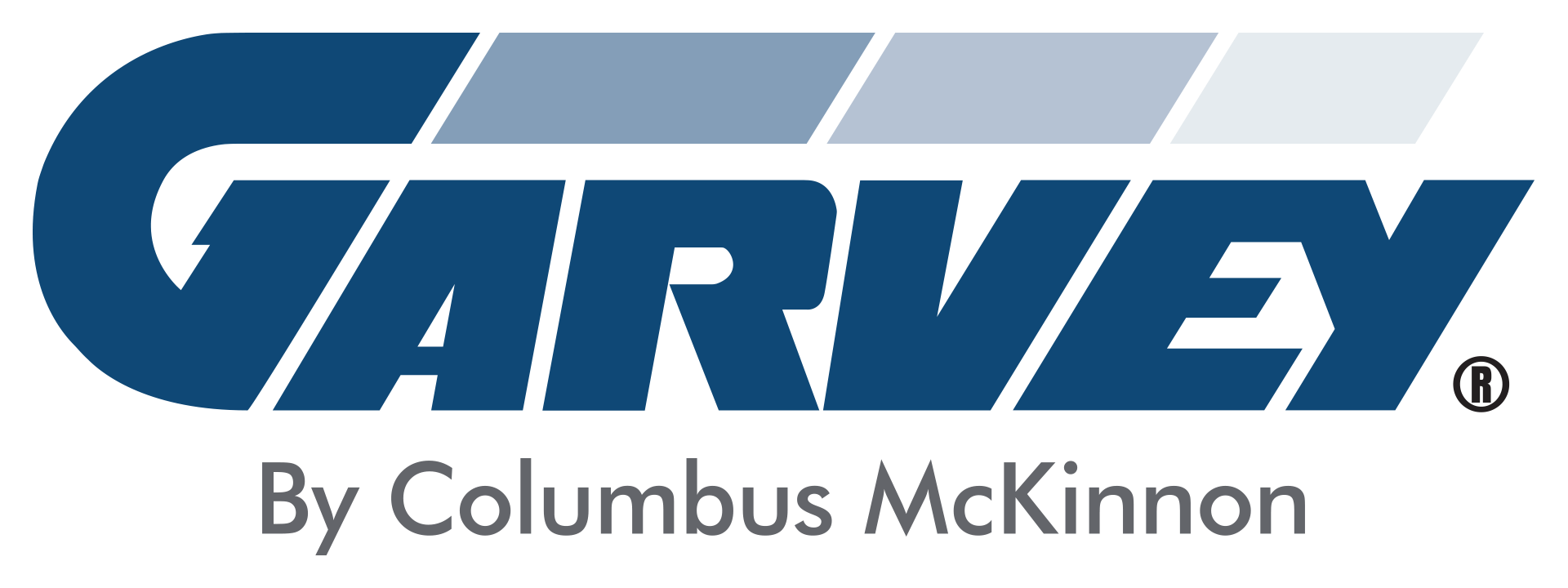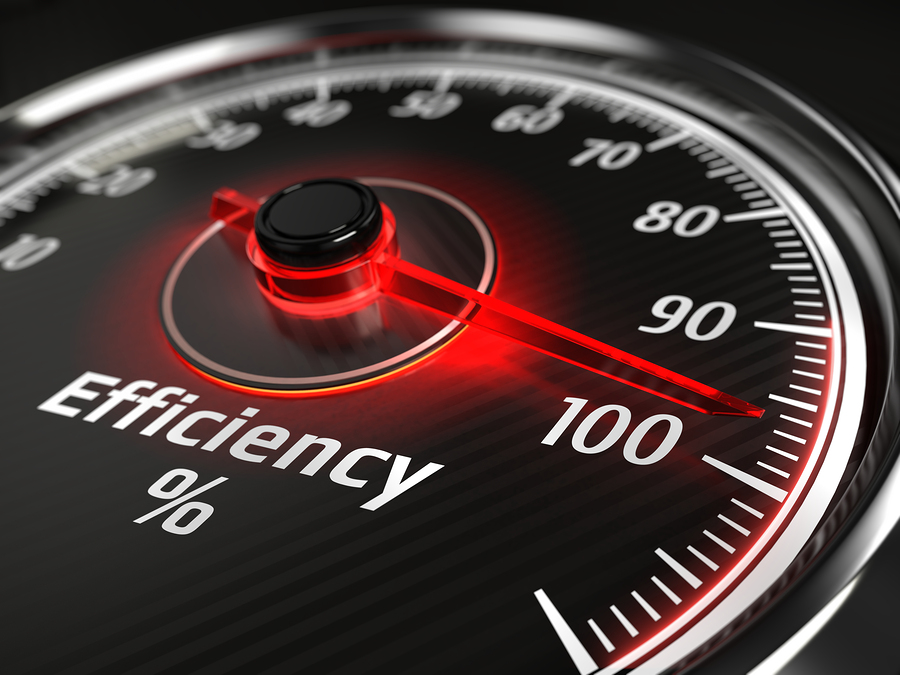Earlier this year, we examined the results of Food Engineering’s State of Food Manufacturing Survey from 2014 to 2018. It will probably come as no surprise that automation was the top trend in each of the five years. Facing the need to expand production while dealing with a dwindling workforce, processors have been scrambling to automate as a way to increase throughput.
The good news is that those efforts appear to be working. In this year’s survey, nearly two-thirds of respondents said their throughput has increased.
Perhaps because of this success, companies are shifting their focus. This year, efficiency replaced automation as the top industry concern. In an article describing the results, Casey Laughman wrote, “…throughput, efficiency, and automation are the foundation for most of the things that keep food processors awake at night…”
Here are a few more production-related highlights from the survey:
- The #1 trend affecting the industry this year is efficiency/maintenance/new equipment (37% of respondents), followed by automation (30%). The Top 10 list also includes customer demand, clean label/healthy foods, and several items related to workforce challenges.
- 65% of respondents said their throughput has increased over the past year.
- 52% of respondents said that their budget for production, packaging, and processing equipment was up. For almost one-third (30%) of those, the budget has increased by more than 25%.
- 83% of respondents reported structural changes, with the most common being changing a process, expanding/renovating/adding capacity to existing plants, and adding a new line.
Laughman concluded: “…between changing consumer demands, workforce challenges, regulatory and food safety requirements, and automation challenges, food processors have any number of things to worry about. The good news is that even with all those challenges, throughputs and budgets are generally increasing, which shows that processors are figuring out how to meet those challenges and continue growing.”
These results reaffirm the trends that we’ve noticed while talking to customers in the food and beverage industry. Throughput is always top-of-mind, and with no end to the labor challenges in sight, processors have been increasing production via automation and new equipment.
Now, processors are more interested than ever in how to maximize the efficiency of individual machines as well as of their entire production lines.
That’s where we come in.
For 40 years, we’ve been helping food, beverage, pharmaceutical, and other manufacturers keep their lines running at maximum capacity. We do this by analyzing production lines to identify the bottleneck (aka the constraint), and then using accumulation to buffer that constraint.
If you’re unfamiliar with this concept, it may sound complicated, but the idea is quite simple. A production line can only run as fast as the slowest machine, so the best way to maximize production is to make sure the slowest machine is running as efficiently as possible. Put simply, increasing the efficiency of your constraint will increase the throughput of your entire line.
Constraint at maximum efficiency = Production line at maximum throughput
You can learn more about this concept in these articles:
- How Much Are Production Line Bottlenecks Costing You?
- How to Find the Constraint in Your Production Line
- Common Production Constraints, Part 1: Beverage Lines
- Common Production Constraints, Part 2: Food Packaging Lines
If you’d like a customized analysis of your production lines, we offer two options:
- We’ll visit your facility and do a complete line analysis (schedule a visit).
- You can use our DIY tool to calculate your line efficiency (get started).




